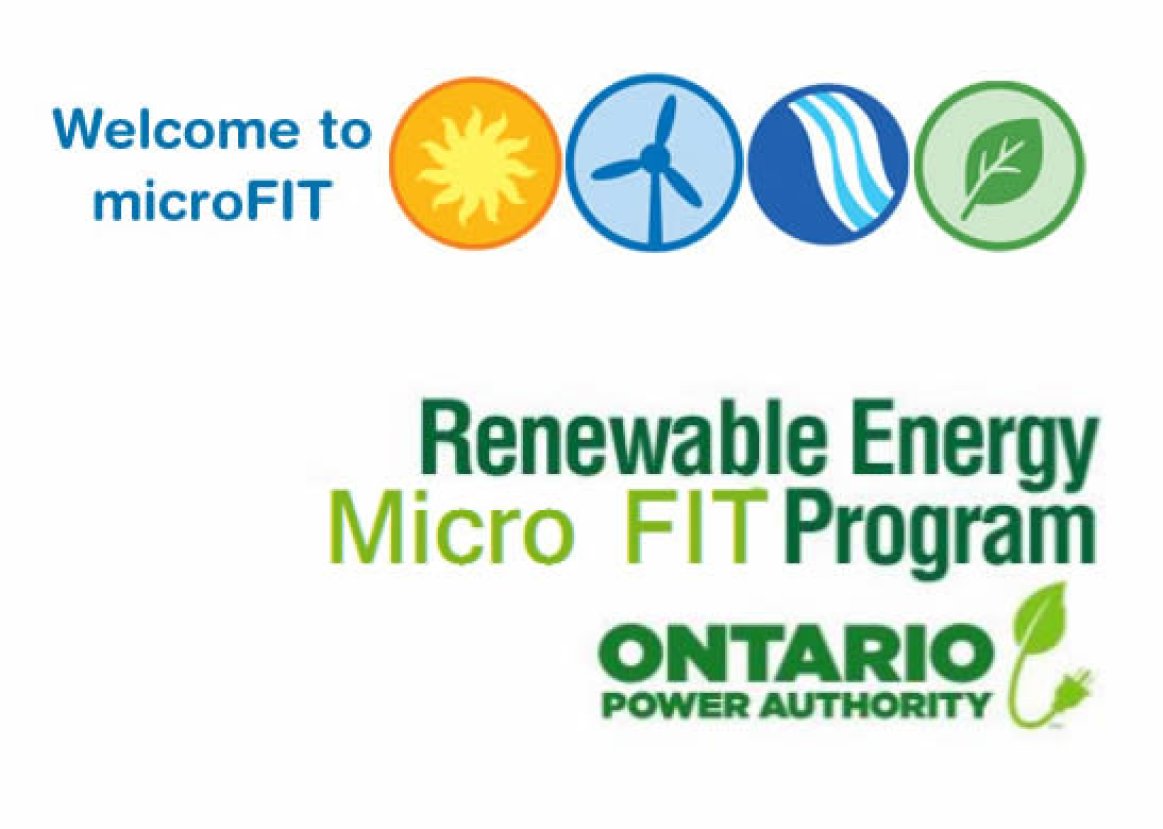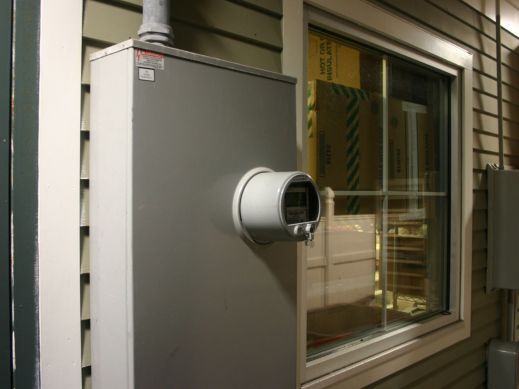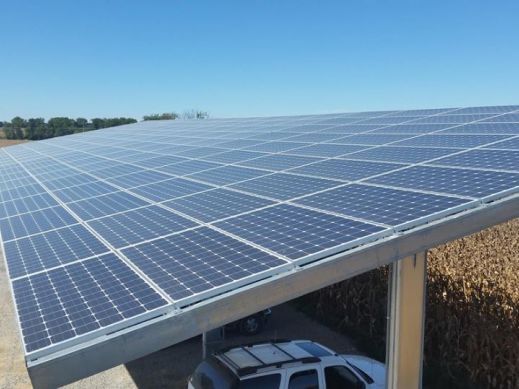
The Ontario microFIT Program is available to small renewable energy projects located specifically in Ontario, including residential and small business solar photovoltaic (PV) installations. Eligible participants must have renewable energy projects that have a generating capacity of 10 kw or less. Projects are connected to the province’s electricity distribution system through the local distribution company and must be separately metered. Power generated under the microFIT program is accounted for separately from any electricity consumed by the owner of the project. Participants in the microFIT Program continue paying for all electricity consumed in their homes. However, they also receive payments for all electricity produced from their solar panels.
What is the microFIT application process?
The Ontario Power Authority (OPA) has negotiated with local distribution companies (LDCs) to facilitate a “streamlined” contracting process that is simplified for homeowners and small businesses.
The steps of the process include:
- Registering online to set up your own “My microFIT home page”
- Submitting an application for your project online
- Receiving a conditional offer of contract from the OPA
- Submitting a connection request to your LDC
- Installing your system
- Finalizing your connection with your LDC
- Accepting your OPA microFIT contract online.
What you need to know about microFIT?
- There is no penalty for terminating a microFIT contract with the OPA. You can do so at any time.
- The term for microFIT contracts is 20 years for solar projects.
- Solar PV panels may reach optimum functionality when installed at an approximate 30 to 45 degree angle facing south with an unobstructed path towards the sun.
- In Ontario a residential solar PV rooftop project of 3kw would cost about $30,000 not including any applicable rebates or local tax incentives that may be available.
- A 3kw solar PV rooftop project may produce up to 3,400kwh per year, which can result in an estimated $2,500 per year in microFIT payments for homeowners.
- A 3kw solar PV rooftop project may pay for itself within 12 years; therefore, providing homeowners with approximately 8 years of “above cost” payments.
- If you sold your home the microFIT contract would be assigned to the new buyer. You can apply for a new microFIT contract at your new residence.
What does your installer need to do?
- Demonstrate experience in installing small-scale PV projects by providing a list of past customers who are willing to provide references.
- Explain the qualification of the installers and ensure that they meet all safety regulations, licensing and certification requirements.
- Provide warranties on labor and products.
- Show proof of general liability insurance to cover property damage or injury.
- Provide detailed costs of installation and any required maintenance.
- Assess property to ensure that the planned system is installed at an optimal location.
- Demonstrate willingness and competency in arranging for all necessary approvals and permits including: building permits, authorization to connect from the Electrical Safety Authority, and etc.
- Demonstrate willingness and competency in interfacing with the LDC to arrange the connection to the grid, which may include: preparing the connection configuration diagrams, arranging for payment of connection costs, helping prepare the connection agreement with the local distribution company, and arranging for installation and testing of the meter.
- Demonstrate experience working with microFIT Program participants, or a willingness and competency for becoming familiar with the microFIT program requirements and standards.
- Provide written proof that your microFIT project will abide by the rules pertaining to the domestic content level found detailed within the microFIT guidelines. (presently 60% of all material used in installation must be local Ontario based)
What your accountant or tax advisor must do?
Contact the Canada Revenue Agency or review applicable statutes to determine the following:
- Are you required to declare the revenue received from the microFIT program as income?
- Are you required to become a goods and services tax (GST) registrant and to collect and remit GST for the revenue attributed to your project? If applicable: How do you become a GST registrant? What are your duties and responsibilities as a GST registrant? How long does it take to become a GST registrant?
For more information:



